
© Tristam Kenton, courtesy the Royal Opera House. (Click image for larger version)
Royal Ballet
Woolf Works
★★★✰✰
London, Royal Opera House
21 January 2017 (matinee and evening)
Gallery of pictures by Dave Morgan
www.roh.org.uk
This revival of Wayne McGregor’s Woolf Works from 2015 now has alternating ballerinas in the leading role: Alessandra Ferri, 54, and Mara Galeazzi, ten years younger. (Galeazzi was the cover for Ferri two years ago but didn’t perform.) The ballet’s narrative interest depends on the dancer, and both performers are magnificent – different in tone and physicality, though not markedly so.
In the first of the three acts, each based on a different novel, the central character is both the writer, Virginia Woolf, and her creation, Clarissa Dalloway. Even if you have read Mrs Dalloway, it can be difficult to determine who is who – and the cast list provides no clues to the eight roles. The act, entitled I now, I then, starts and ends with Woolf alone on stage, meditating on her memories. Ferri, with her huge dark eyes and seemingly slight physique, is a wraith already adrift from past certainties. Galeazzi is more grounded, a writer in charge of her character’s experiences.
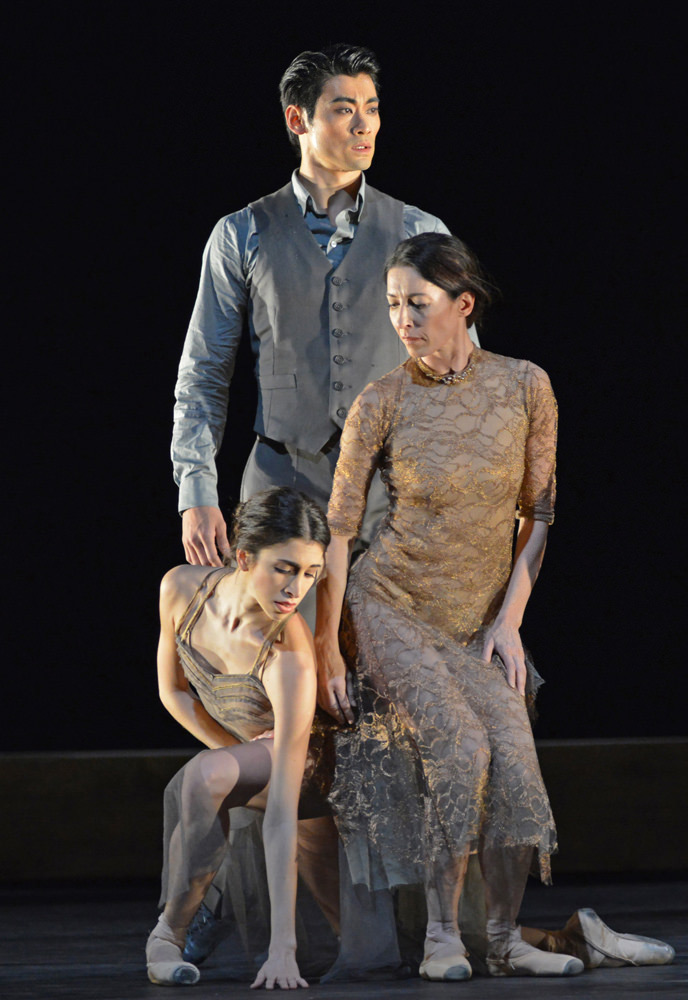
Virginia (or Clarissa) has a motif of framing her head and shoulders with her forearms – a set of gestures that is echoed by her younger self (Beatriz Stix-Brunell in the evening cast, Yasmine Naghdi in the matinee, both delightful). Youthful engagements with a mischievous girlfriend and a handsome male suitor are remembered with pleasure, though there’s a disquieting premonition of Woolf’s death by drowning when she ‘swims’, suspended on her admirer’s upturned feet.
The change of tone introduces an interlude from the novel of a shell-shocked soldier whose story parallels Woolf’s. He is mentally ill and has a concerned spouse who cannot prevent his suicide. His greatest love was for a same-sex friend, who haunts his thoughts. Edward Watson as the soldier, Septimus Warren Smith, appears (like Ferri) to be already the ghost of his former self, tearing himself apart in distress. Matthew Ball in the same role is more a regular bloke, confused by his lack of control. Two clumsy blackouts disrupt the narrative, which is otherwise well managed by the use of a set of mobile frames and atmospheric music by Max Richter.
The score, however, turns sentimentally wistful as the various characters mingle in Virginia’s/Clarissa’s memories, pacing and re-iterating her gestures as projections onto the set evoke Woolf’s garden in East Sussex. The final scene becomes a bit too reminiscent of Antony Tudor’s The Leaves Are Fading, to nostalgic music for strings. Ferri is clearly doomed, her arms making the same cruciform shape as that of Septimus’s dead comrade-in-arms. Galeazzi is more of an outsider, suffering with the characters she has created.
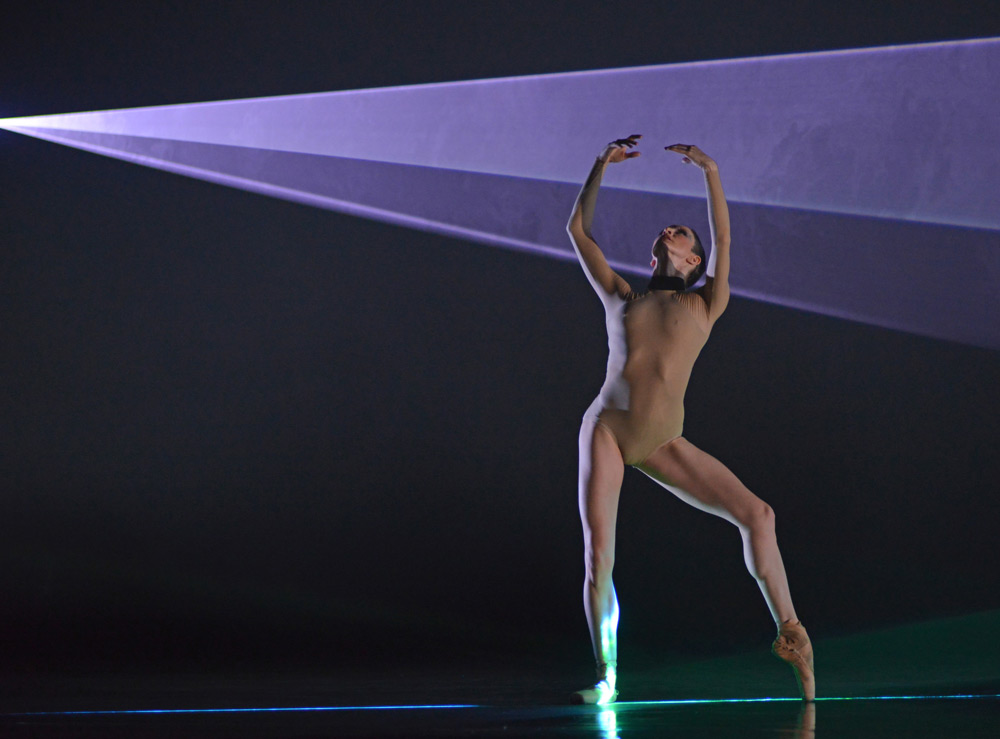
© Dave Morgan, courtesy the Royal Opera House. (Click image for larger version)
Act II, Becomings, is the equivalent of a vision scene in a 19th century ballet. Based on Woolf’s time-travel sex-change fantasy, Orlando, it starts with the scratching of a pen on paper, as she rewrote the past. Will today’s electronic users even recognise the sound? Lucy Carter’s versatile lighting picks out gold-clad figures in Elizabethan dress in a darkened void. First off are rival Orlandos, Natalia Osipova and Steven McRae, as a double image, with a shadowy couple behind them. Later, Osipova will perform an alarmingly acrobatic duet with Edward Watson, splaying her legs as wide as they will go.
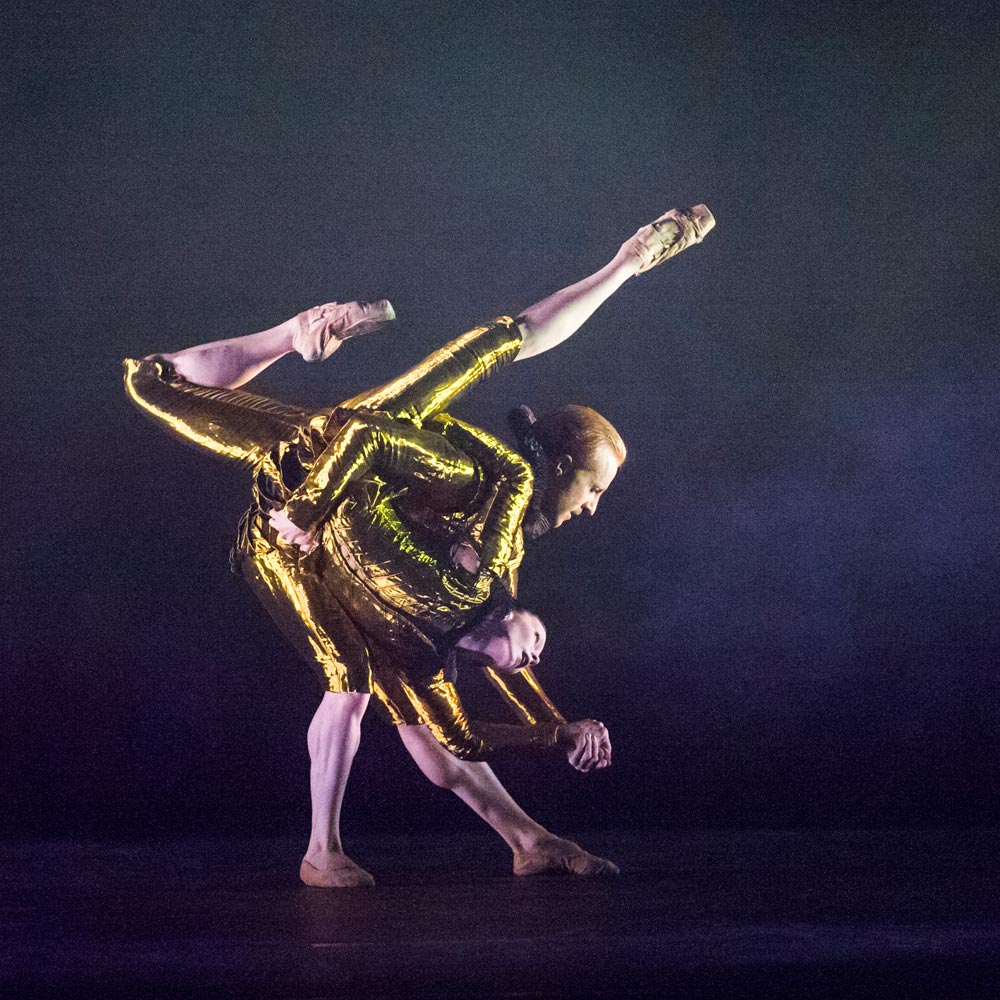
© Tristam Kenton, courtesy the Royal Opera House. (Click image for larger version)
At first, McGregor seems to be making a statement, like Woolf’s, about the interchangeability of the sexes. One dancer wears a gold bodice, another gold bloomers: other couples sport black and flesh-coloured equivalents. Then everyone is dressed in nude-looking outfits with black accents. To a repetitive mix of electronic and orchestral music, mostly chugging and throbbing, dancers come and go in the foreground and background as Carter’s lighting effects change the configuration of the stage.
There is no indication of what motivates the couplings or solos, or whether time zones have altered. Initially intriguing combinations of steps and numbers of dancers are swiftly abandoned as the participants simply walk away. It looks as though McGregor has abruptly edited unrelated sequences, opting not to develop his ideas. Presumably he was attempting to imitate Woolf’s overlapping trains of thought and consciousness: on stage, however, the fragmented result becomes tiresome. Are we learning anything more, as a succession of virtuoso McGregorian contortions follows yet another display by unrecognisable performers? Will it ever end?
The evening cast were more watchable than the matinee dozen because they managed to phrase their choreography decisively: it was made on them. Since it bears no relation to the music, the second cast sometimes seemed to be getting through by numbers, trying not to lose their way through the laser beams and misty blackness.

© Tristam Kenton, courtesy the Royal Opera House. (Click image for larger version)
The last act, called Tuesday after the date on Woolf’s suicide letter, draws on her novel The Waves, as well as the end of her life. Ferri’s intense restraint reveals that her Virginia can no longer fight against her ‘terrible illness’. She accepts the inevitable, whereas Galeazzi resolutely chooses her death. The corps, in semi-transparent black outfits with filigree masks, rise from the depths to ebb and flow like the slow-motion waves projected above them. Their choreography is simple in detail but effective en masse, surging to repetitive Philip Glass-like music, with a warbling soprano lament.
Virginia, at first conspicuous as she walks around the impassive figures after a farewell pas de deux, sits and removes her pointe shoes. Barefoot and vulnerable in a black shift, she merges with the corps of waves until she remains alone, lying in the pre-figured cruciform position. Impossible not to be moved, though the ending is manipulative and far too lovely for a suicide. (Woolf died in the river Ouse, weighed down by stones in her pockets, not in the sea.)
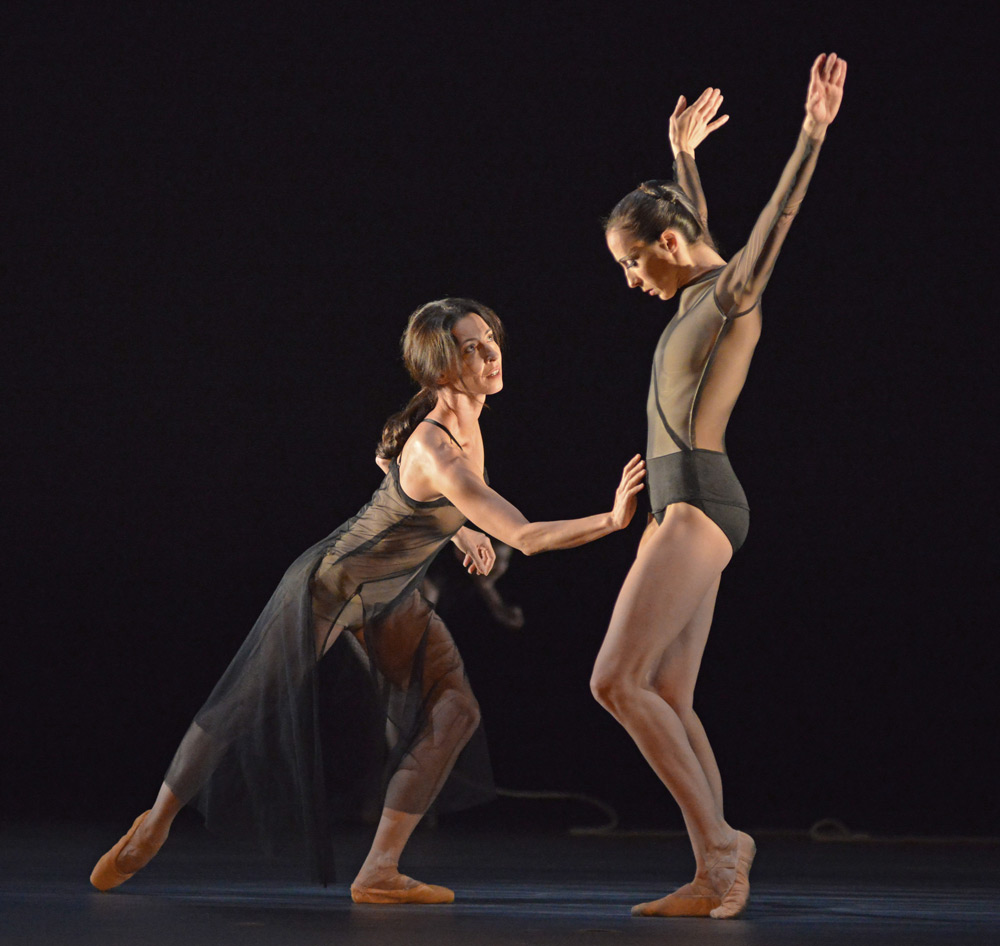
© Dave Morgan, courtesy the Royal Opera House. (Click image for larger version)
Like the last act of Anthony Dowell’s production of Swan Lake, the tragic finale makes you overlook reservations about the rest of the ballet. The first act of Woolf Works is the most successful in the way it deals with narrative and multiple characters. McGregor and his cast have evolved a choreographic language with a balletic grammar of its own: there are sentences, even paragraphs, though he resorts to waftings at its conclusion.
The Orlando act is full of his usual extremes, with extra jumping routines that next appeared in his Obsidian Tear (2016). It’s a disjointed syntax, with a movement order hard to follow and impossible to recall. The last act is memorable for its theatrical effect, not its choreography. Richter’s film-score music works rather too hard to convey not-too-specific emotions of distress and regret, without rhythmic patterns for the dancers to obey. In spite of the ballet’s structural flaws, McGregor’s ambition in engaging audiences with Woolf’s works and life demands respect and admiration. He has aimed high.












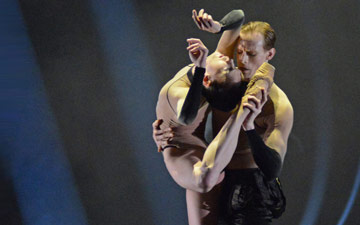


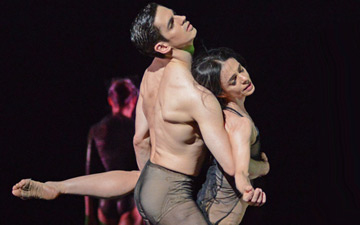
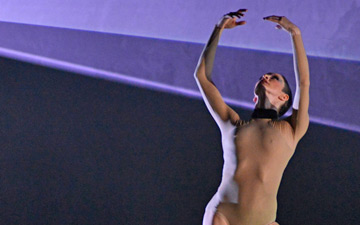
You must be logged in to post a comment.